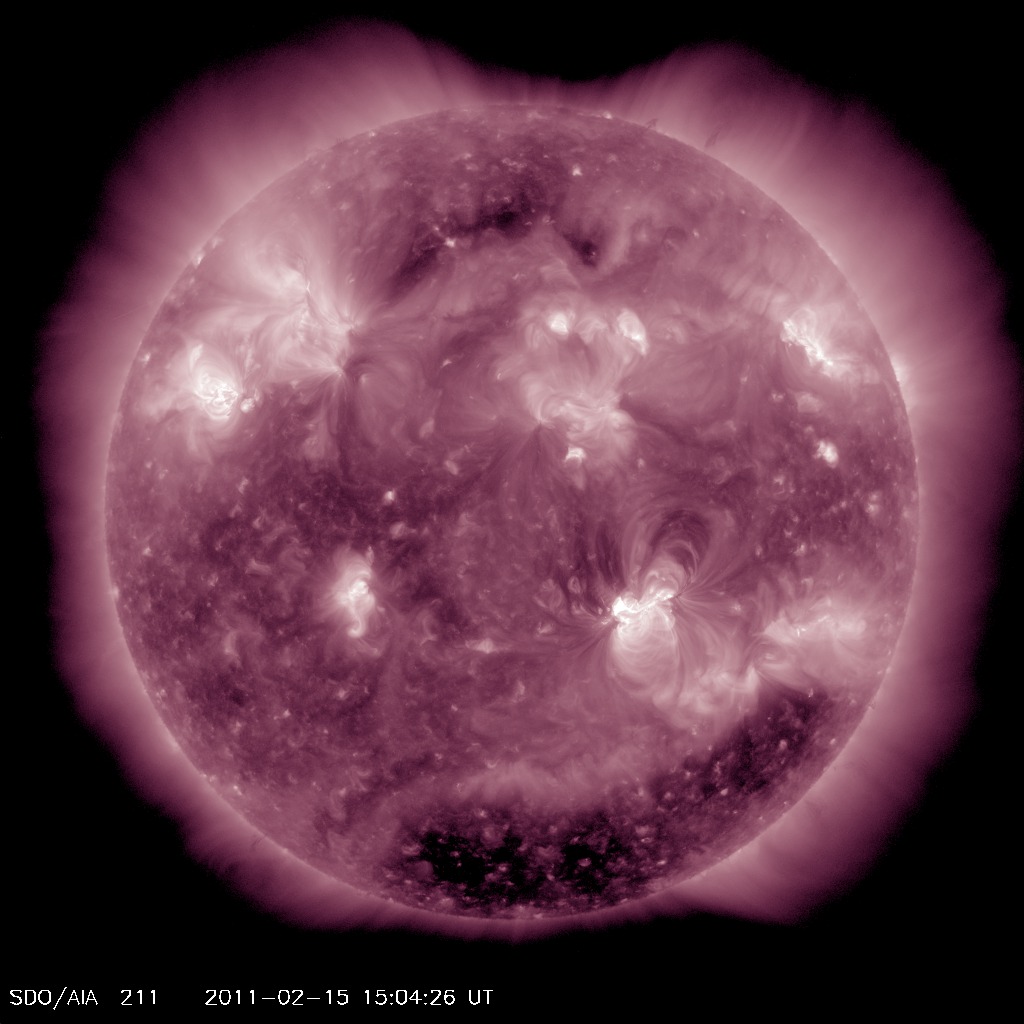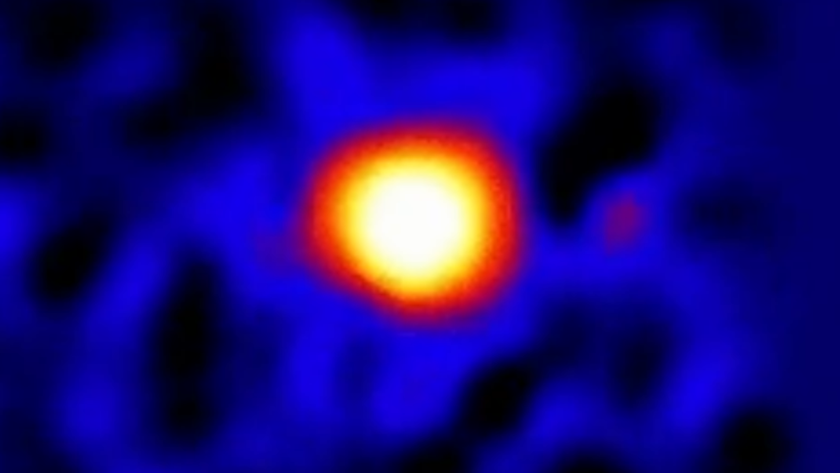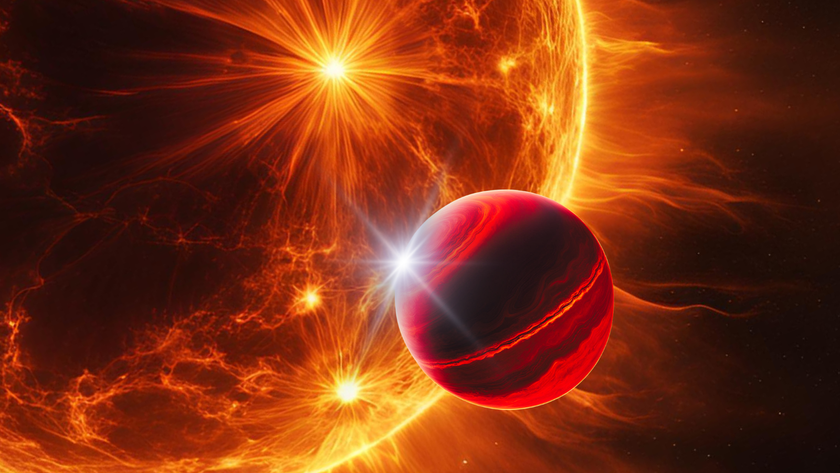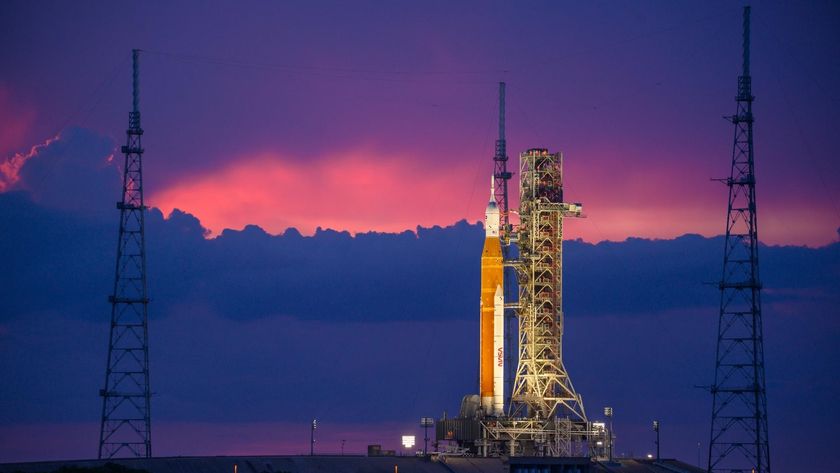U.S. Must Take Space Storm Threat Seriously, Experts Warn

WASHINGTON — Space weather could pose serious problems here on Earth in the coming years, the chief of the National Oceanic and Atmospheric Administration (NOAA) said Saturday (Feb. 19).
A severe solar storm has the potential to take down telecommunications and power grids, and the country needs to work on being better prepared, said NOAA administrator Jane Lubchenco here at the annual meeting of the American Association for the Advancement of Science. Lubchenco is also the U.S. Under Secretary of Commerce for Oceans and Atmosphere.
"This is not a matter of if, it's simply a matter of when and how big," Lubchenco said of the potential for a dangerous solar flare. "We have every reason to expect we're going to be seeing more space weather in the coming years, and it behooves us to be smart and be prepared."
Ramping up
The space weather threat is becoming more dire as our sun ramps up toward its period of solar maximum, predicted for around 2013. Activity on the sun fluctuates on a roughly 11-year cycle, and our star has been relatively dormant for a while.
That's clearly starting to change, though, as evidenced by a class X solar flare – the strongest kind – that erupted from the sun Feb. 14.
"I think the events of this week certainly underscore how important it is for us to be paying attention to space weather and to be prepared to respond to, and mitigate, potential impacts," Lubchenco said. "As we enter into a period of enhanced solar activity it seems pretty clear that we are going to be looking at the possibility of not only more solar events but also the possibility of some very strong events."
Get the Space.com Newsletter
Breaking space news, the latest updates on rocket launches, skywatching events and more!
The Feb. 14 flare unleashed a wave of charged particles that streamed immediately toward Earth, as well as coronal mass ejections, or blobs of plasma, that took days to arrive here. When they did, they interacted with Earth's magnetic field to cause geomagnetic storms that wiped out radio communications in the Western Pacific Ocean and parts of Asia, and caused airlines to reroute some polar flights to avoid radio outages.
Next time could be worse
However, experts say we got off fairly lucky with this recent solar storm, and that future eruptions could cause worse damage, particularly to the sensitive transformers and capacitors in power grids. If some of these were harmed, there could be power outages for days, weeks, months, or even, in the case of severe damage, years, experts warned.
"It turned out that we were quite well protected this time, so not much happened," said European Space Agency scientist Juha-Pekka Luntama. "In another case things might have been different."
Space weather hasn't posed quite such a threat before, because during the last solar maximum, around 10 years ago, the world wasn't as dependent on satellite telecommunications, cell phones and global positioning system (GPS) – all technologies that could be disrupted by solar flares.
"Many things we take for granted today are so much more prone to the effects of space weather than was the case during the last maximum," Lubchenco said. The problem is likely to get even worse as the world could likely become more technologically dependent by the time the next solar maximum rolls around, and the next.
Slightly scary
Other experts agree that the risk must be addressed.
"It is slightly scary, and I think properly so," said John Beddington, the U.K. government's chief scientific adviser. "We've got to be scared by these events otherwise we will not take them seriously."
He and other European officials said the world needs greater international cooperation to meet the threat of dangerous space weather.
"There are few emergency scenarios today that require such close cooperation across the Atlantic as a geomagnetic storm," said Helena Lindberg, director general for the Swedish Civil Contingencies Agency (MSB).
We have an "urgent need to start sharing expertise and connecting our systems for warning and for response," Lindberg said. "This cooperation has to be put in place before a disaster hits."
Despite the risk, though, some experts stressed that there's reason to be optimistic. There is work being done to improve our ability to forecast solar storms in advance, equip more satellites with radiation shielding and fortify power grids with resilient transformers and capacitors.
"Please don’t panic," said Stephan Lechner of the Institute for the Protection and Security of the Citizen at the European Commission's Joint Research Centre. "Please don't leave the room and tell everybody that space weather will kill us tomorrow."
Join our Space Forums to keep talking space on the latest missions, night sky and more! And if you have a news tip, correction or comment, let us know at: community@space.com.

Clara Moskowitz is a science and space writer who joined the Space.com team in 2008 and served as Assistant Managing Editor from 2011 to 2013. Clara has a bachelor's degree in astronomy and physics from Wesleyan University, and a graduate certificate in science writing from the University of California, Santa Cruz. She covers everything from astronomy to human spaceflight and once aced a NASTAR suborbital spaceflight training program for space missions. Clara is currently Associate Editor of Scientific American. To see her latest project is, follow Clara on Twitter.


